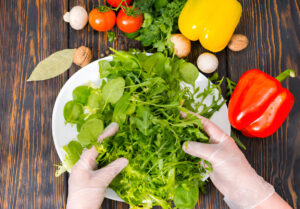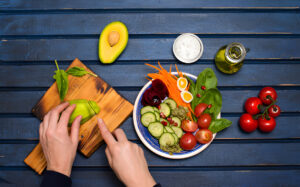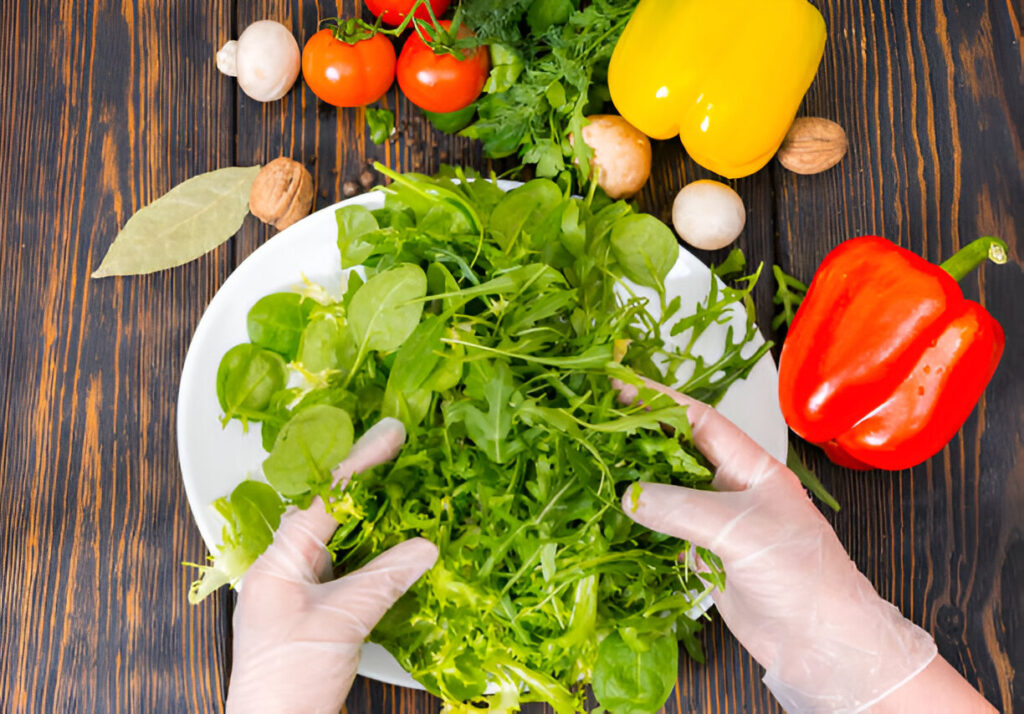Introduction
I personally always thought that I led a healthy lifestyle because of my dietary choices. I thought that any room for improvement was somewhat slim. This was the case until I finished reading Dr. Michael Greger’s book, How Not To Die.
As bombastic as the title may seem, one might wonder the reasoning behind it? ‘How not to die’, how is that even possible? I’d bet that many people would brush over this book because of its eye-catching title. But I assure you, it holds value beyond measure. You see, Dr. Michael Greger tells an interesting life story that encapsulates the quintessential essence of the book; his grandmother’s recovery.
Without delving too deeply into why that’s the case, and without spoiling the book for you, Dr. Greger’s grandmother played a pivotal role within his love for medicine, for health and nutrition, and the desire to help others. This has led him on a quest towards finding out the most optimal way to lead a life that is disease-free and that is scientifically proven. The hallmark diet of How Not To Die is, and I’m sure you’ve guessed it, whole-plant based foods!
How Not To Die dives into many chapters that tackle the biggest causes of death in the US/the world, and how implementing a plant-based diet can help avert, mitigate and reverse these bodily impairments. Dr. Greger provides the facts, the statistics and medical advice that is understandable, that is scientifically proven, and that is health-inducing.
I’ve started to implement some of the things that I learned from the book and I’ll be sharing them with you here!
Green Light, Yellow Light, Red Light:
Dr. Greger talks a lot about choosing the right foods for you. He highlights choosing real, whole foods over processed foods. Plant foods over animal-based foods, and also making sure to eat foods that are vibrant in colour. I personally started implementing these recommendations by choosing foods that are colourful (i.e. red onions over white ones); and eating more things that don’t have an ingredient’s list!

Green light foods are plant-based and whole foods. This could be anything from vegetables, fruits, legumes, nuts, seeds, spices, herbs etc…Green light foods are not processed, and they help feed your body.
Yellow light foods are plant-based but processed. Per Dr. Greger, replacing a burger with a vegan one is better than having the “real” thing. However, it’s not as good as having whole foods themselves. I personally think that this mentality encourages people to create their own “alternatives” that aren’t loaded with chemical agents and colourings, whilst also packing a nutritional punch.
Red light foods consist of anything that comes from an animal. Although many people would disagree with this, the scientific literature that is provided in How Not To Die seems to argue that plant-based foods are superior. My job isn’t to argue for or against it, since I’m not an expert on nutrition myself. However, the amount of evidence that shows the damage of what an animal-based diet can do to the human body is nonetheless widely available.
When choosing to eat food, try to optimise your green light foods, reduce yellow light foods and avoid red light foods!
Eat More Greens
I’ll be the first to admit that I was barely eating any salads before reading this book. I was never into them, mainly because I found salads boring. I have to say though, the book convinced me to eat more greens!

For instance, every lunch now, I make sure to make a salad that includes the following: rockets and leafy greens, beetroot, split lentils, corn, tomatoes and a carrot. You can add more veggies if you feel like it. Remember, this is a very low caloric meal, but it can be voluminous if you make it so! Moreover, I add cracked black pepper, turmeric, mixed herbs and a pinch of lime juice to enhance the flavours and also provide extra nutritional value.
Additionally, I try to be mindful of how much greens I eat per day. I like to make sure that I’m getting enough greens as to get the right amount of fibre, vitamins and other enzymes that my body will thank me for!
Whole Foods > Processed
This takes me back to another point that How Not To Die highlighted, and that is making sure that you’re not over-indulging in processed food. I get it, processed foods can be tasty, but they can be calorically dense! It’s also important to limit the amount of processed foods that you have in your diet as to reduce your risk of developing chronic illnesses in the long-run.
At the end of the day, Dr. Greger recommends eating more fruits and vegetables. This also involves eating seeds, nuts and legumes as well. It’s also wise to drink 8 glasses of water a day as well!
Exercise
Exercising is key. It helps people lose weight, build muscle, develop their fitness and maintains their health. Whether you do sports, lift weights or enjoy a nice stroll, moving the body is better than staying static. From my own experience, I get a mental boost when I exercise, especially if it requires a lot of effort or if I hit a personal-best.
Correctly feeding your body is just one part of the game. If you add exercise to it, you’re now optimally living your life. Cutting alcohol, tobacco as well helps too. I find it important to exercise the mind and making sure that it’s also receiving the attention that it deserves. Reading books, meditating and enjoying nature are my go-to activities for sharpening my mind.
Final Note
You can learn more about Dr. Michael Greger through his website NutritionFacts.org, which provides daily and FREE, facts about wellbeing, health and nutrition).
Additionally you can download the Daily Dozen App, to make sure that you’re getting all the goodness that your body needs!
Staying healthy and leading a good-quality life is ultimately your choice, so always keep that in mind! Enjoy the process, and have fun with it. We’re all here to learn!

